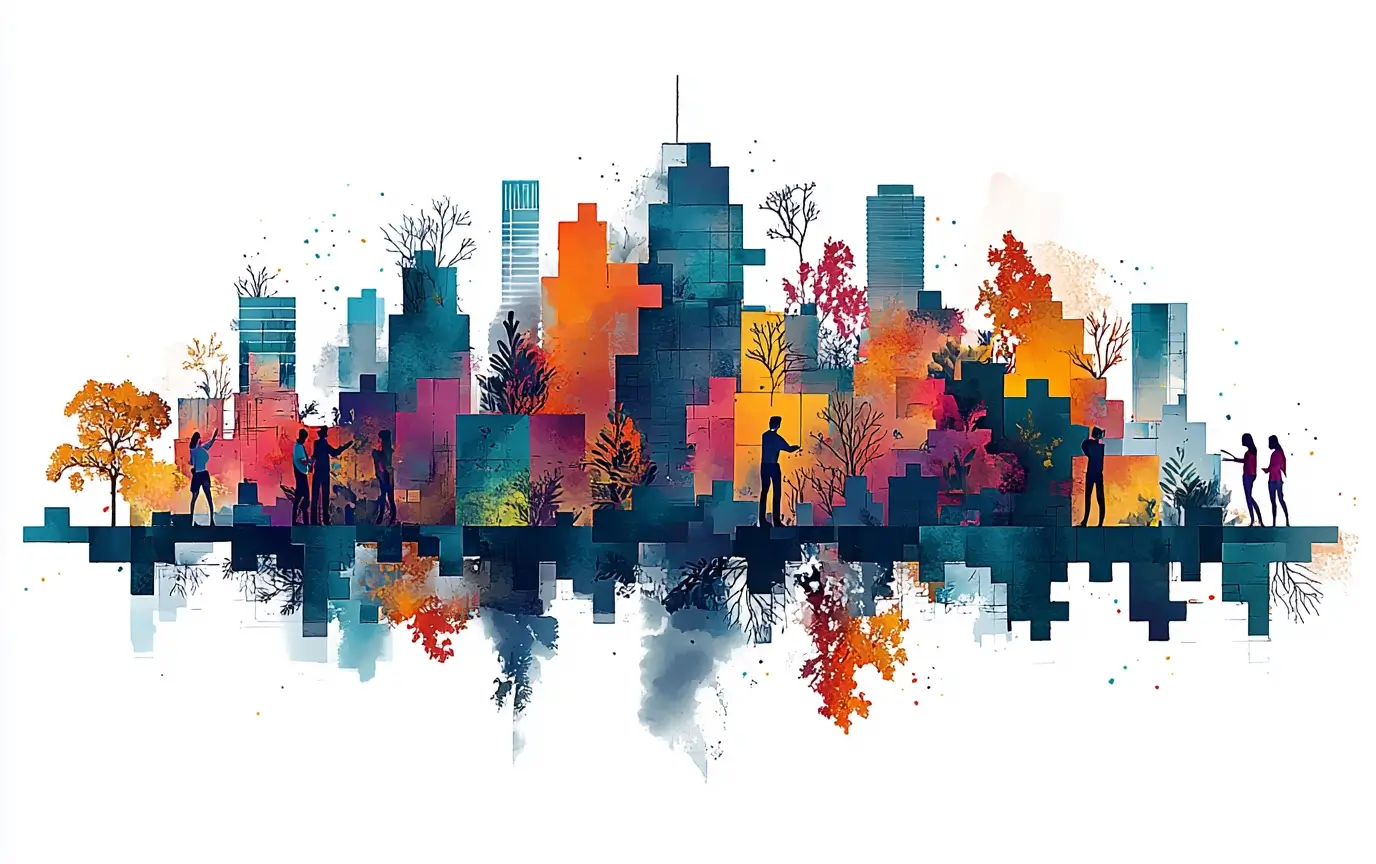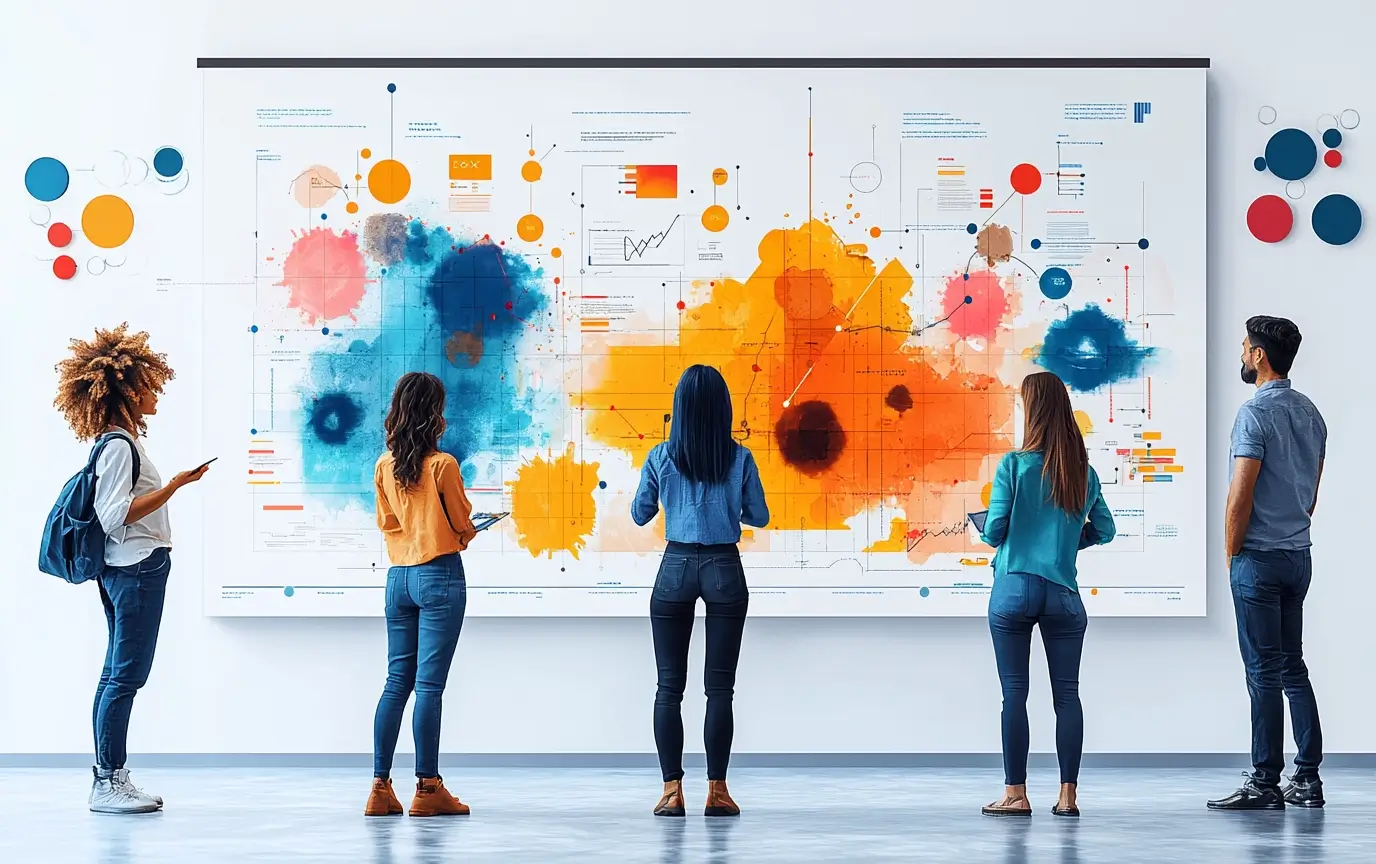Choice Overload: Difficulty in Making Decisions with Too Many Options

Choice Overload is a cognitive bias where individuals experience difficulty and stress when faced with too many options, leading to decision paralysis or dissatisfaction with their choice. This bias can significantly impact how customers interact with products and services, as an overwhelming number of choices can hinder decision-making and reduce satisfaction. Understanding Choice Overload is crucial in enhancing Customer Experience (CX) as it helps businesses streamline their offerings and simplify the decision-making process for customers. The concept was popularized by psychologist Barry Schwartz in his book "The Paradox of Choice."
Understanding the Bias
- Explanation: Choice Overload occurs when individuals are presented with too many options, leading to difficulty in making a decision and potential dissatisfaction with their final choice.
- Psychological Mechanisms: This bias is driven by the cognitive load required to evaluate numerous options, leading to decision fatigue and a greater likelihood of regretting the choice.
- Impact on Customer Behavior and Decision-Making: Customers experiencing choice overload may delay or avoid making a decision, choose suboptimal options, or feel less satisfied with their choice.
- Impact on CX: Simplifying choices and providing clear guidance can enhance CX, making the decision-making process easier and more satisfying for customers.
3. How to Identify Choice Overload
- Methods: Identify this bias by analyzing customer feedback, sales data, and user behavior to understand how the number of choices affects decision-making and satisfaction.
- Surveys and Feedback Analysis: Conduct surveys asking customers about their experiences with the range of options available. Analyze feedback to determine if an excess of choices is leading to decision paralysis or dissatisfaction.
- Observations: Observe customer interactions with product catalogs, websites, and service menus to identify signs of choice overload, such as indecision or abandonment of the decision-making process.
The Impact of Choice Overload on the Customer Journey
- Research Stage: During the research stage, an overwhelming number of options can make it difficult for customers to gather and compare information effectively.
- Exploration Stage: In this stage, customers may struggle to narrow down their options, leading to decision fatigue and frustration.
- Selection Stage: During the selection phase, customers may experience decision paralysis, leading to delays or suboptimal choices. Excessive options can also increase the likelihood of regret and dissatisfaction with the final decision.
- Loyalty Stage: Post-purchase, customers who experienced choice overload may feel less satisfied with their decision, impacting their Customer Loyalty.
Challenges Choice Overload Can Help Overcome
- Simplifying Decision-Making: By reducing the number of options and providing clear guidance, companies can help customers make decisions more easily and confidently.
- Enhancing Satisfaction: Streamlining choices and focusing on the most relevant options can increase customer satisfaction by reducing decision fatigue and regret.
- Improving Sales: Simplified choices can lead to faster decision-making and increased sales, as customers are more likely to complete their purchases without feeling overwhelmed.
- Building Trust: Clear and concise options build trust, as customers feel that the company understands their needs and is helping them make informed decisions.
Other Biases That Choice Overload Can Work With or Help Overcome
- Decision Fatigue: Choice overload contributes to decision fatigue, where customers' ability to make decisions deteriorates over time. Simplifying options can mitigate this effect.
- Paradox of Choice: The paradox of choice suggests that more options can lead to less satisfaction. Addressing choice overload helps resolve this paradox by focusing on quality over quantity.
- Satisficing vs. Maximizing: Customers who tend to satisfice (choose the first satisfactory option) may cope better with choice overload than maximizers (seek the best possible option). Understanding these tendencies can help tailor decision-making aids.
Industry-Specific Applications of Choice Overload
- E-commerce: Online retailers can streamline product categories and use filters to help customers find what they need quickly, reducing the impact of choice overload.
- Healthcare: Healthcare providers can simplify treatment options and provide clear recommendations to help patients make informed decisions without feeling overwhelmed.
- Financial Services: Financial institutions can offer curated investment options and personalized advice to help customers navigate complex financial decisions.
- Technology: Tech companies can simplify product lines and offer guided comparisons to help customers choose the right products.
- Real Estate: Real estate agents can narrow down property listings based on customer preferences, providing personalized recommendations to reduce choice overload.
- Education: Educational institutions can streamline course catalogs and offer personalized guidance to help students select the right programs.
- Hospitality: Hotels can simplify booking options and highlight key features to help guests make decisions more easily.
- Telecommunications: Service providers can offer clear and concise plan comparisons to help customers choose the best options for their needs.
- Free Zones: Free zones can provide clear information about the most relevant benefits and regulations to attract businesses.
- Banking: Banks can simplify account options and provide personalized recommendations to help customers make informed choices.
Case Studies and Examples
- IKEA: IKEA simplifies the decision-making process by offering a curated selection of furniture and home goods, along with in-store displays that help customers visualize their options.
- Netflix: Netflix addresses choice overload by offering personalized recommendations based on viewing history, making it easier for users to find content they'll enjoy.
- Google Search: Google helps users navigate choice overload by prioritizing search results based on relevance and providing featured snippets that answer questions directly.
So What?
Understanding Choice Overload is crucial for businesses aiming to enhance their Customer Experience strategies. By recognizing and addressing this bias, companies can streamline their offerings and simplify the decision-making process for customers, reducing stress and increasing satisfaction. This approach helps build trust, improve decision-making, and enhance overall customer satisfaction.
Incorporating strategies to reduce choice overload into marketing, product design, and customer service can significantly improve customer perceptions and interactions. By understanding and addressing Choice Overload, businesses can create a more efficient and satisfying CX, ultimately driving better business outcomes.
Check Renascence's Signature Services

Behavioral Economics
Discover the power of Behavioral Economics in driving customer behavior.

Mystery Shopping
Uncover hidden insights with our mystery shopping & touchpoint audit services.

Experience Design
Crafting seamless journeys, blending creativity & practicality for exceptional experiences.
Experience Loom
Discover the latest insights from industry leaders in our management consulting and customer experience podcasts.
The Naked Customer. Episode 3. Customer Loyalty, Brand Loyalty & CX
In this episode of The Naked Customer Podcast, host Aslan Patov is joined by JD Ackley, CEO of RAIZOR AI, to explore the evolving role of AI in customer experience (CX) and its impact on automation, job security, and creativity.
In this episode of The Naked Customer Podcast, host Aslan Patov is joined by Mark Hamill, CEO & Co-founder of ARCET Global, to explore the evolution of Customer Experience (CX) and its growing role in business transformation.
In this episode of The Naked Customer Podcast, host Aslan Patov is joined by Mark Hamill, CEO & Co-founder of ARCET Global, to explore the evolution of Customer Experience (CX) and its growing role in business transformation.
In this episode of The Naked Customer Podcast, host Aslan Patov is joined by JD Ackley, CEO of RAIZOR AI, to explore the evolving role of AI in customer experience (CX) and its impact on automation, job security, and creativity.
Experience Journal's Latest
Stay up to date with our informative blog posts.
%20in%20Healthcare.%20A%20Cure%20for%20Patient%20Pain%20Points.webp)
Customer Experience (CX) in Healthcare: A Cure for Patient Pain Points
%20Trends%20in%202026.%20What%20to%20Expect.webp)
Digital Transformation (DT) Trends in 2026: What to Expect

Behavioral Economics for Business: How Companies Use It Every Day
%20How-To.%20Practical%20Tips%20That%20Work.webp)
Employee Experience (EX) How-To: Practical Tips That Work
.webp)
The Critical Factors Influencing Employee Experience (EX)
%20Jobs.%20How%20To%20Succeed%20in%202025.webp)
Remote Employee Experience (EX) Jobs: How To Succeed in 2025
%20for%20SMEs%20in%20the%20Middle%20East.%20What%20Works%20and%20What%20Fails.webp)
Customer Experience (CX) for SMEs in the Middle East: What Works and What Fails

Why CX Starts With EX in 2026: Culture, Connection, Performance
%20Wheel.%20Mapping%20Outcomes.webp)
The Employee Experience (EX) Wheel: Mapping Outcomes

Behavioral Economics Can Best Be Described As "Psychology Meets Economics"

Behavioral Economics Is More Than Just Numbers

Behavioral Economics Explains Why People Are Irrational: And What to Do About It

Is Behavioral Economics Micro or Macro? Understanding Its Scope
%3F%20Strategies%20for%20Modern%20Organizations.webp)
How McKinsey Approaches Employee Experience (EX)? Strategies for Modern Organizations

Behavioral Economics Is Dead: Debates on Its Future
%20Leader%20Do%3F.webp)
What Does an Employee Experience (EX) Leader Do?
%20Leader%20Do%3F.webp)
What Does an Employee Experience (EX) Leader Do?
%20Is%20Important%20in%202026.webp)




